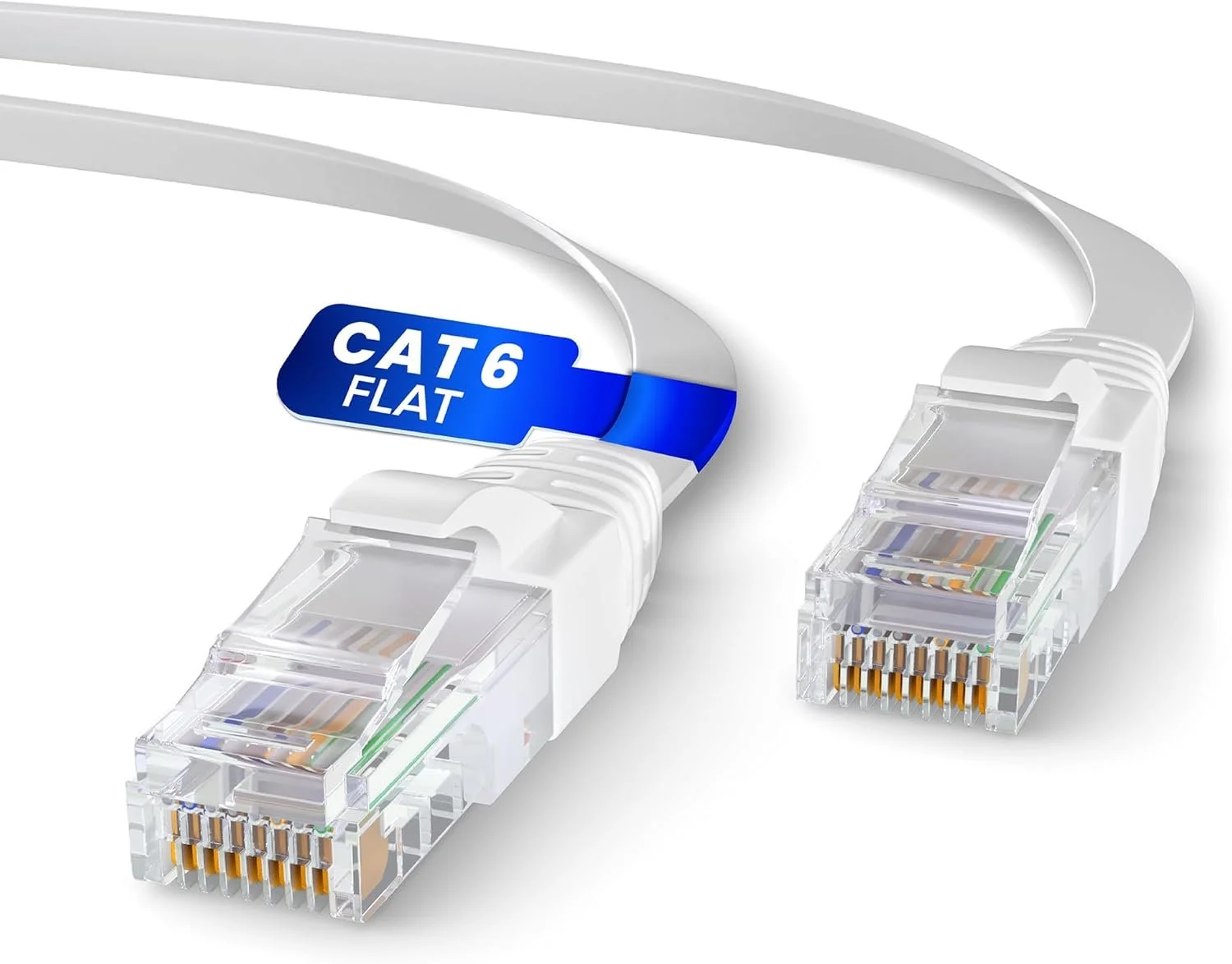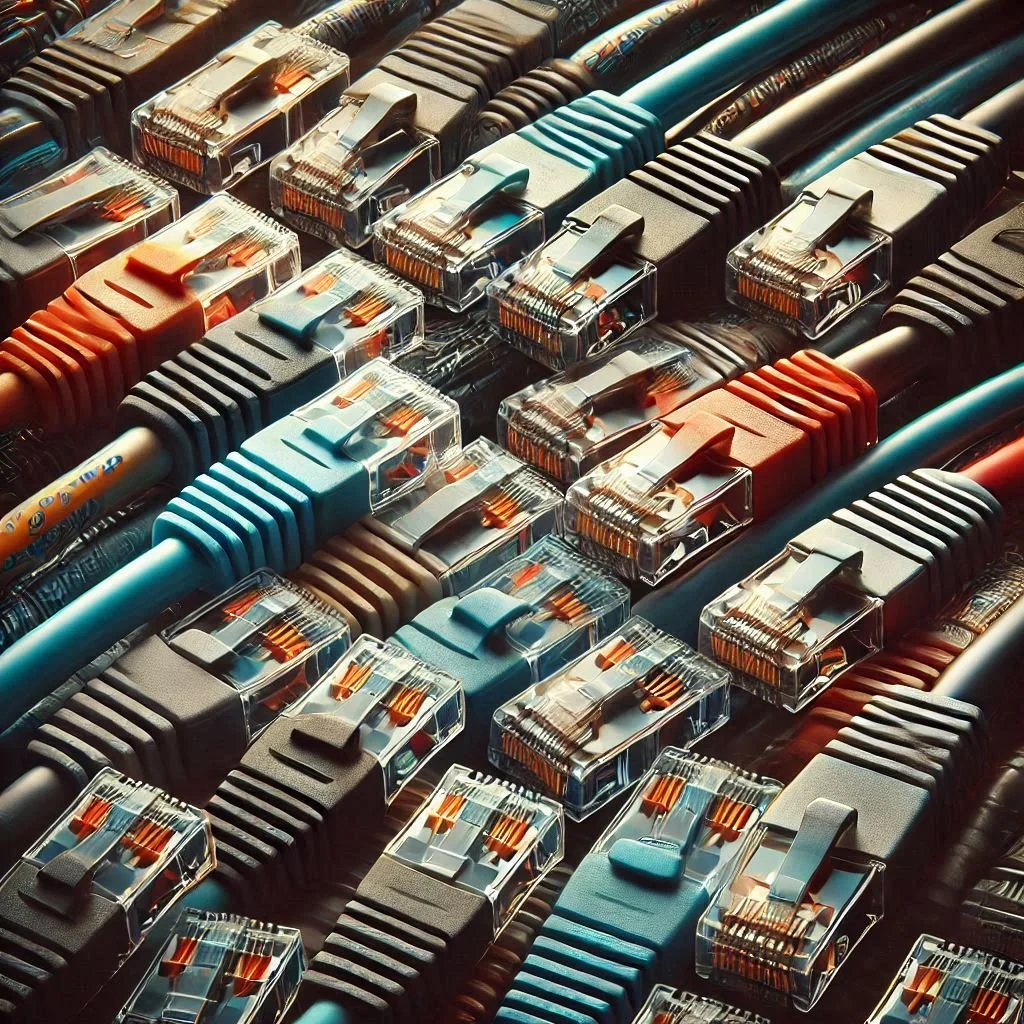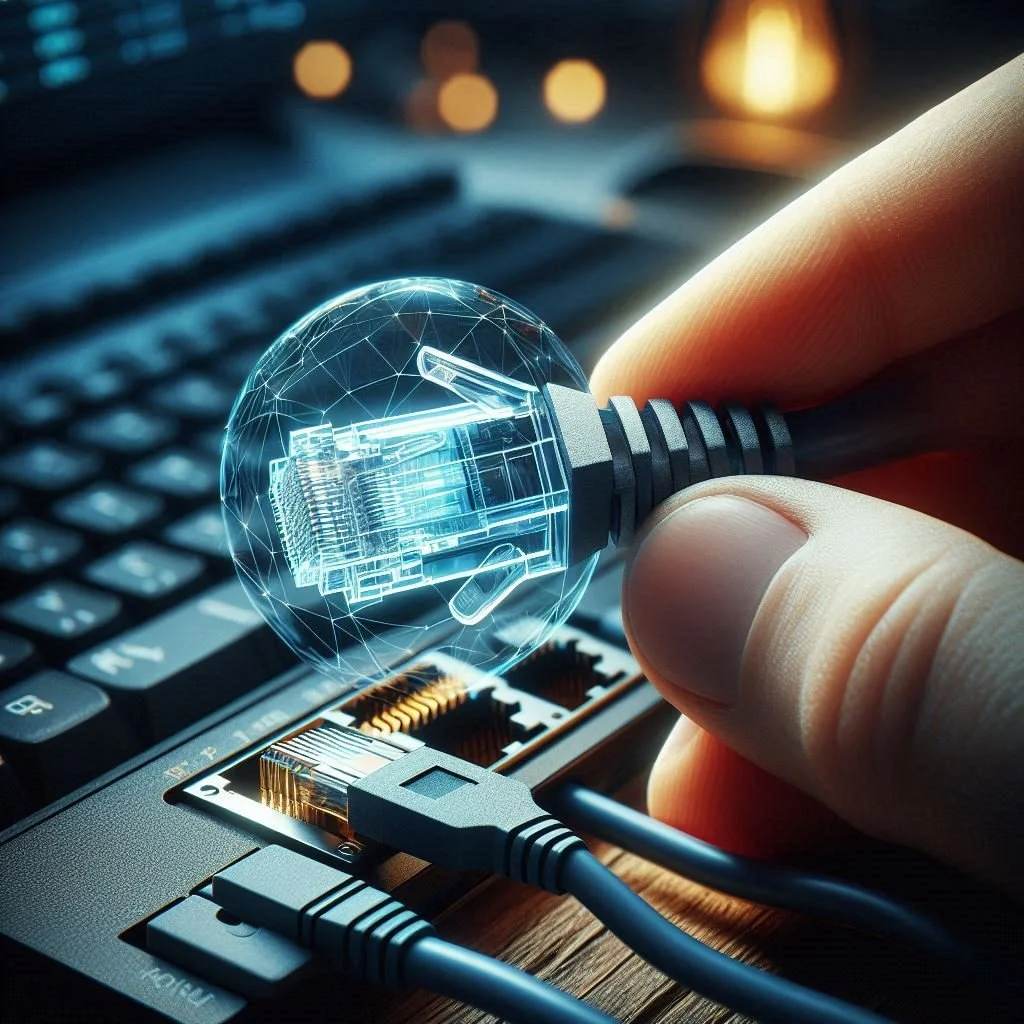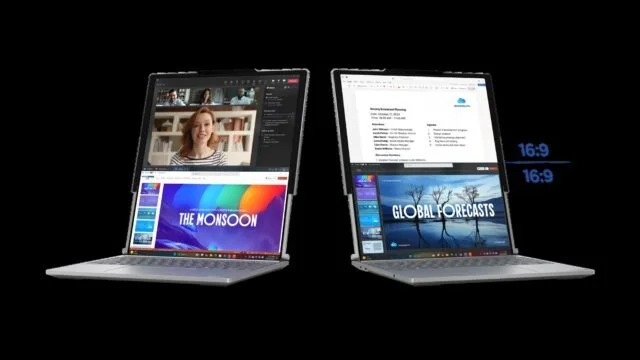Explanation Needed: How Does The Ethernet Cable Work?
Ethernet Cables are the backbone of wired networking, ensuring a dependable and fast connection among devices such as PCs, gaming consoles, and wireless routers. I find myself intrigued by the question of how these networking cables operate. To satisfy this curiosity, I will delve into the workings of the Ethernet cable. This exploration will provide a comprehensive understanding of its functionality. By the end, I hope to clarify any confusion surrounding Ethernet cables.
The Structured Component
The Ethernet cable consists of several twisted copper wires encased in a protective outer sheath made of polyvinyl chloride, a type of plastic. The twisting wires help reduce electromagnetic interference and crosstalk between the pairs, ensuring translucent signal transmission. The standard connector used with Ethernet cables is the RJ-45 connector, which clicks in place to secure the connection.
This is a CAT 6 Ethernet cable
The Type of Ethernet Cables
The Ethernet cable comes in various categories ( hence the Cat5 and Cat5e category labels). Each category supports various bandwidth speeds. The Cat 5e Ethernet cable supports 1 Gbps speeds and is suitable for most home and small office networks. The Cat 6 cable can handle speeds up to 10 Gbps over shorter distances. Cat 7 and 8 are explicitly designed for high-speed data centers, supporting up to 40 Gbps and beyond.
The Data Transmission
The primary responsibility of Ethernet cables is to transmit data using electrical signals. When data is sent from one device to another, it is broken into packets. The packets travel through the twisted pairs of wires within the cables. The receiving device then reassembles the packets into the original data.
The Two-Mode Ethernet Cables
The Ethernet cable functions in two modes. The first is Full Duplex, which allows simultaneous two-way communication; this means data can be sent and received simultaneously. Data traveling in one direction at a time, either sending or receiving, is Half Duplex mode.
Shielding from Interference
Category 6 Ethernet cables or higher have added shielding protection from electromagnetic interference ( EMI). The shielding can be foil or braided wire, maintaining signal integrity in environments with high EMI levels.
The Benefits of Ethernet Cables
Ethernet cables have several benefits, one of which is that they are faster and have consistent data speeds compared to wireless connections. Another is that They are reliable and less prone to interference and signal loss.
Ethernet cable is an essential part of networking. It offers a robust and efficient way to connect devices and transfer data. Understanding how the cable operates can help users make intelligent decisions about their networking needs, whether for home use or in a professional environment.








